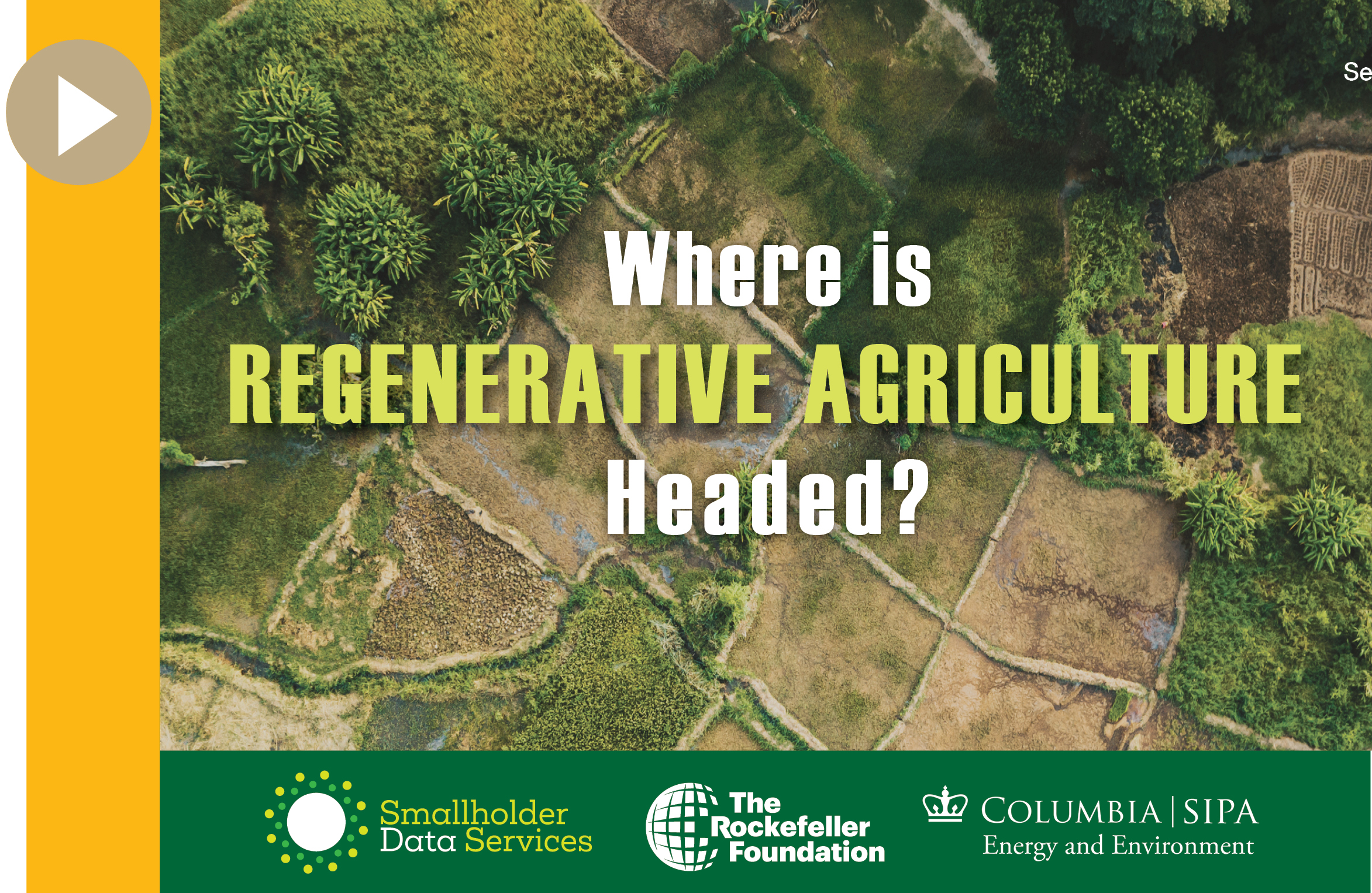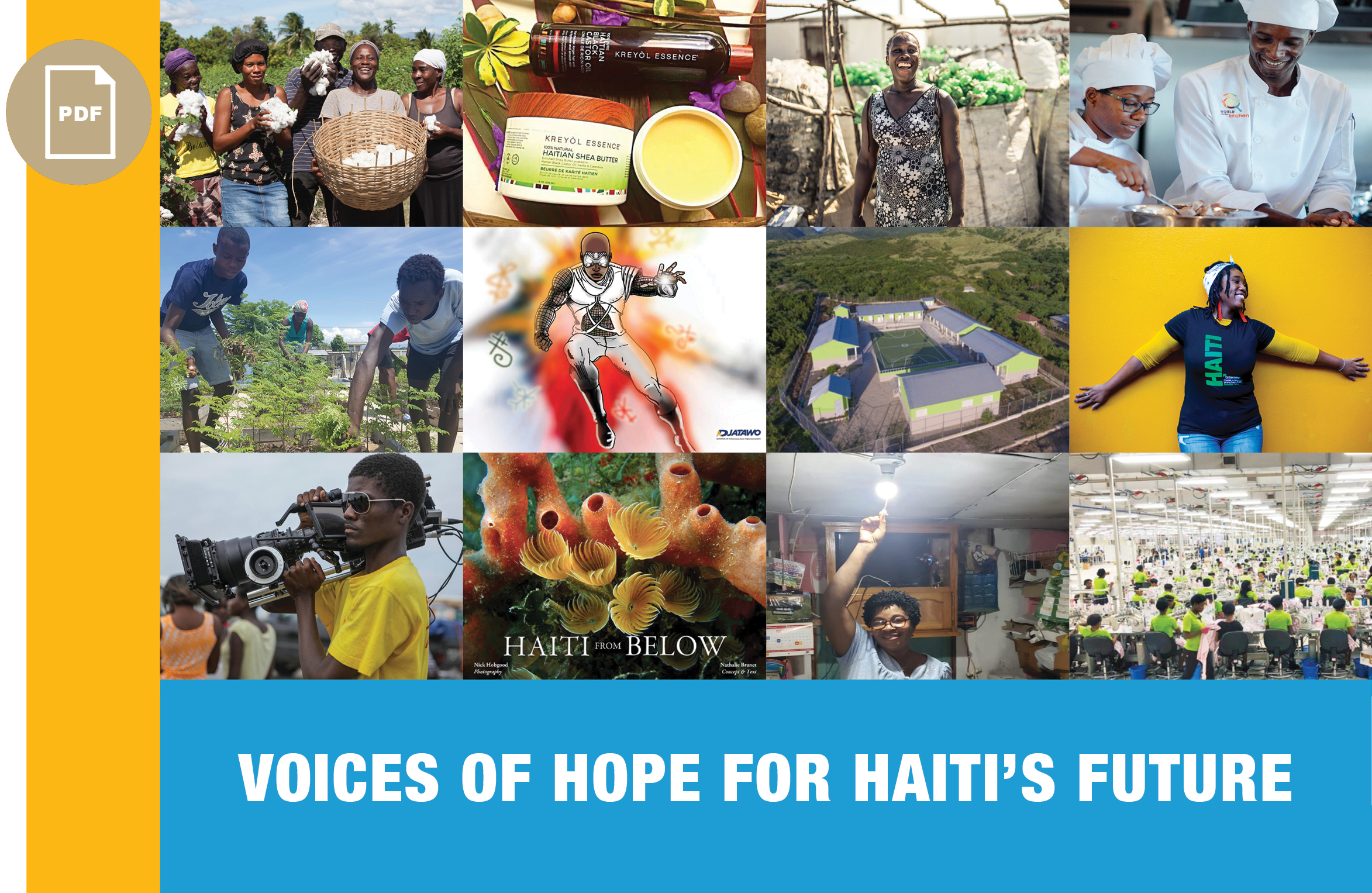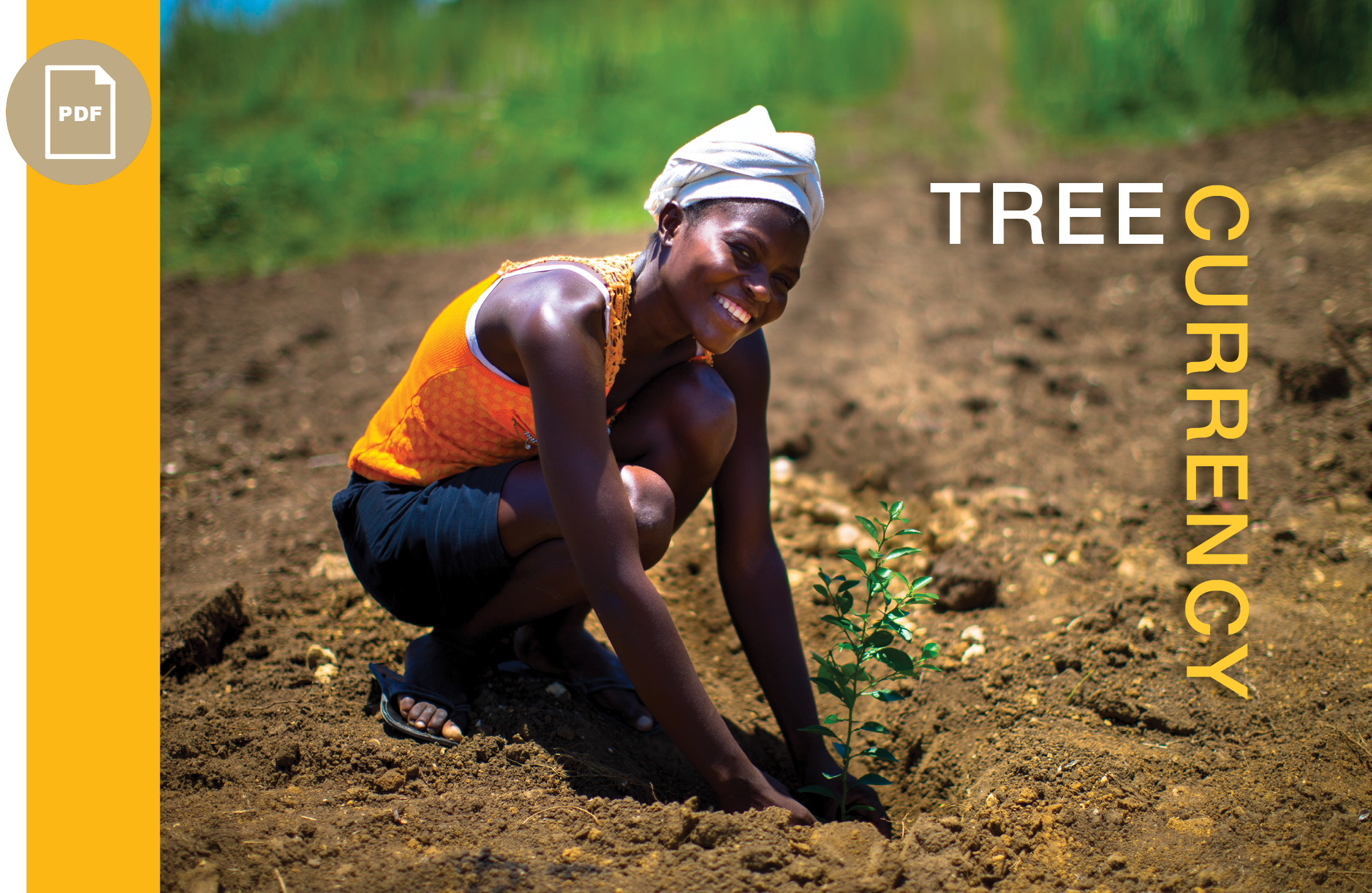 Tuesday, June 25, 2013 |
Tuesday, June 25, 2013 |  Hugh Locke
Hugh Locke History of Agricultural Self-Reliance in Haiti

People often make the mistake of thinking that because Haiti is in such dire straits now, it must always have been that way. Nothing could be farther from the truth, and this is particularly the case with agriculture.
As historians Laurent Dubois and Deborah Jenson noted in an op-ed in the New York Times last year (“Haiti Can Be Rich Again,” January 8, 2012), “it is easy to forget that, for most of the 19th century, Haiti was a site of agricultural innovation, productivity and economic success.” They go on to say that:
“In the wake of the [2010] earthquake, many have talked about the need to lay foundations for a better future. To do that, Haiti should look to the past, and the system of small farms and the decentralized economy that once provided Haitians with dignity, autonomy and wealth.
The slave revolution that ended with Haiti’s creation in 1804 led to what the sociologist Jean Casimir dubbed a “counter-plantation” system. As slaves, the islanders had harvested and processed sugar cane, but fed themselves by cultivating their own tiny gardens, for which they developed sophisticated techniques of inter-cropping — a kind of sustainable agriculture that involved planting a variety of crops close together. Once free, Haitians drew on that knowledge to raise livestock and grow fruits, root vegetables and even coffee for export to the global market. In establishing their own small farms, they forestalled any possibility of a return to the large plantations that had defined the days of slavery.
This system of agricultural self-reliance provided a better quality of life than that of African descendants anywhere else in the Americas. The country attracted many immigrants, including thousands of African-Americans. And though the United States government didn’t officially recognize Haiti until 1862, American businessmen eagerly traded with the island nation.”
The Smallholder Farmers Alliance (SFA) was created to help revive and update the tradition of agricultural self-reliance in Haiti and, in the process, to incorporate tree planting as a new norm of agricultural life.












Reader Comments (7)
Interesting post. I always thought that Haiti was a poor country, but now I know otherwise. Thanks!
A lot of great History in Haith
Google Sniper Scam
Hey Hugh! I really take my time to read this article of yours and ti surely impressed me a lot. Knowing the facts about this "History of Agricultural Self-Reliance in Haiti" is surely amazing. Thus, as the ways of farming evolves and expanding we should also took time to know how it started and how it improves in some time. Great article!
Great post. I used to be lotopyeer checking constantly this blog and I’m inspired! Extremely useful information specially the last part :) I maintain such info a lot. I was looking for this particular information for a long time. Thank you and best of luck. visit my blog Dot Arena Hack
nice pos
Endless Technology Solutions: San Diego Computer Repair
شركة تسليك مجارى بالخبر